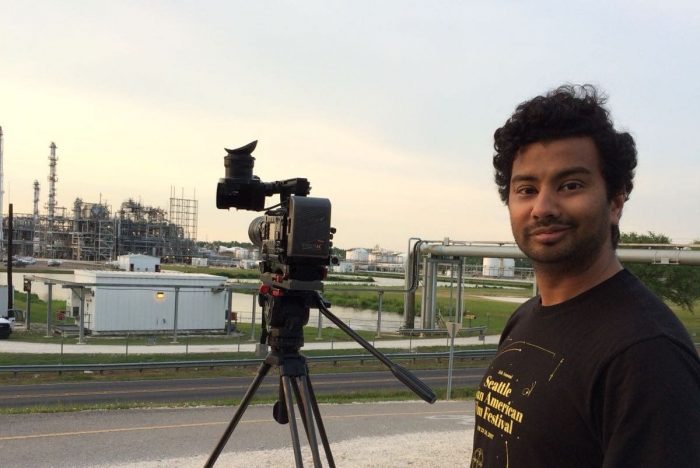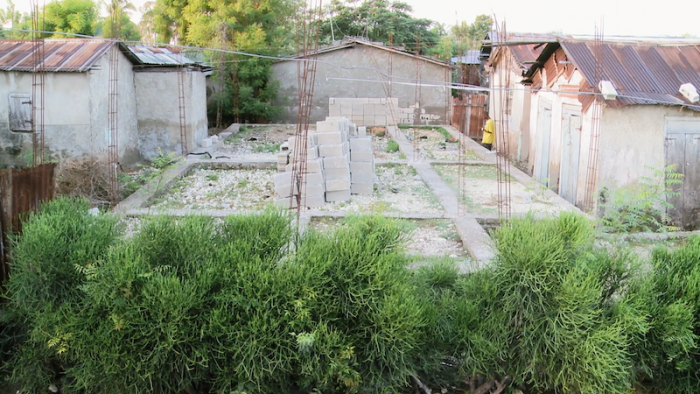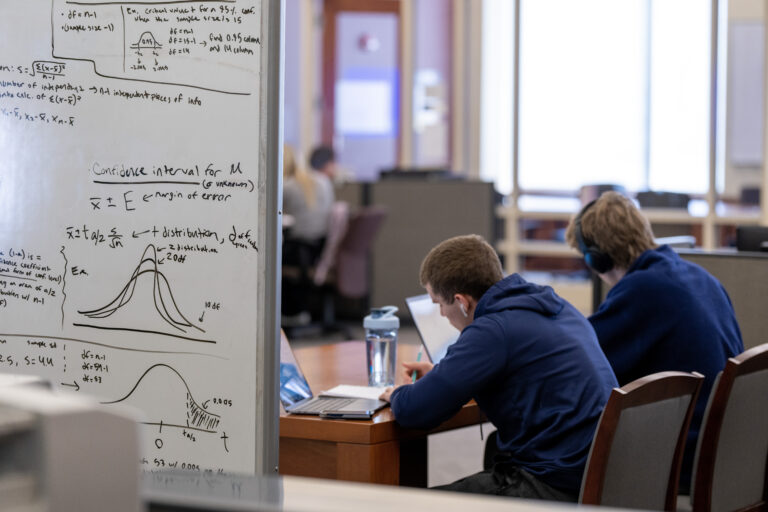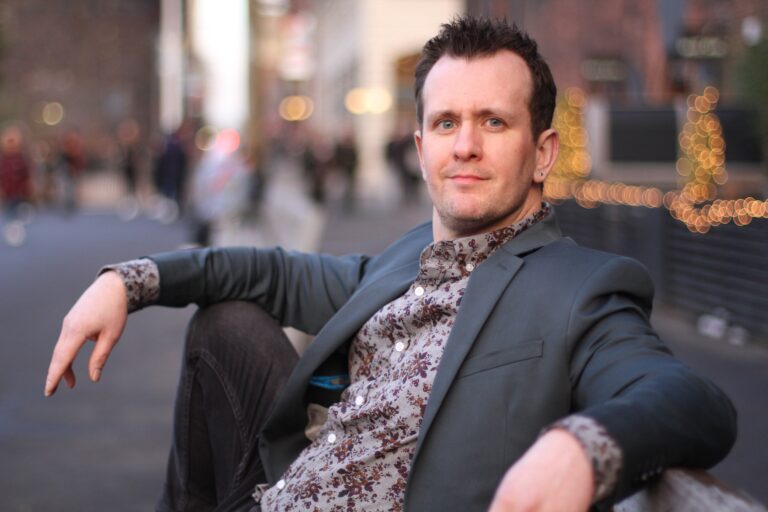Crafted from 300 hours of footage shot in Haiti, the latest documentary co-produced by Dr. Dinesh Sabu has discoveries and lessons to share with scholars, students and those conducting international aid work in the developing world.
Tim Myers — a well-intentioned, semi-retired contractor from Colorado — found himself in Artibonite, Haiti, rebuilding a school after the 2010 earthquake. Myers hoped to use his talents to help people who really needed it, but unexpected outcomes derailed the project.
His journey navigating the dissonance within the international development community is at the center of the documentary film How (Not) to Build a School in Haiti, co-produced by Dinesh Sabu, assistant professor of digital media and performing arts, who also served as its cinematographer. It premiered at the Haiti Film Fest in New York City in 2022 and has been screened at several other film festivals, shedding light on issues surrounding global poverty and disaster relief.
“The original, very simple intention to see the school through has always remained the same,” Sabu says. But while shooting the documentary over nearly six years — when Sabu amassed more than 300 hours of footage in cinéma vérité, an observational style of documentary filmmaking — he and director Jack Newell recognized a disconnect between Myers’ intentions and what was happening in the community.

“As things changed, we as filmmakers had to reorient ourselves in a way to document that properly and ethically,” says Sabu, who for the last 15 years has been using film to explore social issues.
He says that showing documentaries such as this and his previous films, including Srkana (the stop) (2019), Unbroken Glass (2016), American Arab (2013) and Waking in Oak Creek (2013), in class serves as a useful vehicle for demonstrating foundational concepts of documentary production — like interviewing and shooting observational footage – that result in a final version. It also helps to illuminate thought processes behind ethical decisions and the larger discussions that surround a film, like how it can be used to impact social justice.
“One of my roles as a professor is to teach film as a combination of art and social advocacy — using film as a way to advance a social cause,” Sabu says.

As a member of the advisory committee of Marquette’s Poverty Research Initiative, Sabu hoped to co-sponsor a screening of the film to build an understanding of filmmaking, storytelling and social justice, and to spark conversations about how to conduct international aid in impoverished areas. That hope came true in early March when Marquette’s chapter of Engineers Without Borders and the Poverty Research Initiative joined Sabu and Newell in hosting a campus screening of “How (Not) to Build a School in Haiti” followed by a panel discussion.
As participants in service trips that help communities in the developing world meet critical needs for sanitation, electricity, transportation and other resources, the students from EWB found direct relevance in the documentary’s contents. “Prior to viewing the film, I had a general idea of [what it would] address. I was anticipating the mishandling of service work due to one man’s ignorance and savior complex,” says Niko Dimitriou, senior in engineering and EWB president. “However, the film touched on cultural significance, economic repercussions and the damaging pitfalls of service work itself, regardless of negative or positive intentions.”
“We need to keep the communities we serve as the driving force behind everything that we do. Their voices need to be heard first and foremost, and we at Marquette EWB need to do our best to serve with them as partners, while understanding our own limitations,” says Dimitriou.
Sabu appreciated the interaction of students from communications and engineering at the screening. “One thing I really love about documentary is that it is by nature interdisciplinary. So we had a great turnout from a wide variety of Marquette communities. It’s rare and wonderful to have these really complicated, at times messy, discussions where two fields interrelate, and documentary has a unique ability to do that,” he says. “Screening it at ‘home’ at Marquette was a really special experience.”
In addition to teaching, Sabu continues to produce documentary films. He has three short works in the mix, including a collaborative exploration with a Mexican American photographer about the contradictions and burdens of being an artist of color and a longitudinal project about a modern college graduate.
________
Since premiering at the Haiti Film Fest in New York City in 2022, How (Not) to Build a School in Haiti has had many national and local screenings, including at the Gene Siskel Film Center, Film Scene, Montreal International Black Film Festival, Pickford Film Center, DOCUTAH International Film Festival, Driftless Film Festival and the New Filmmakers Festival in Los Angeles.
Learn more about the documentary film “How (Not) to Build a School in Haiti.”




